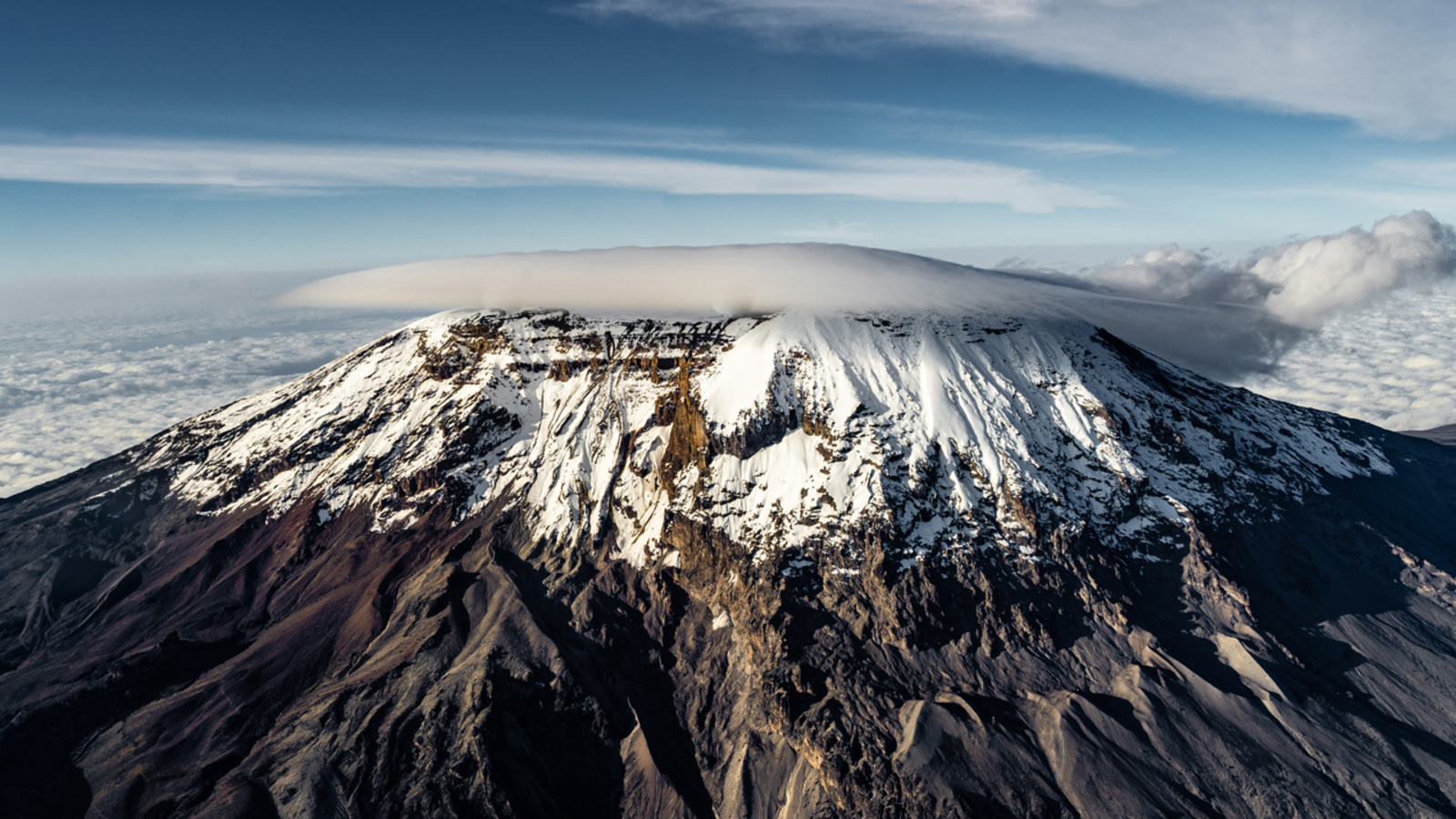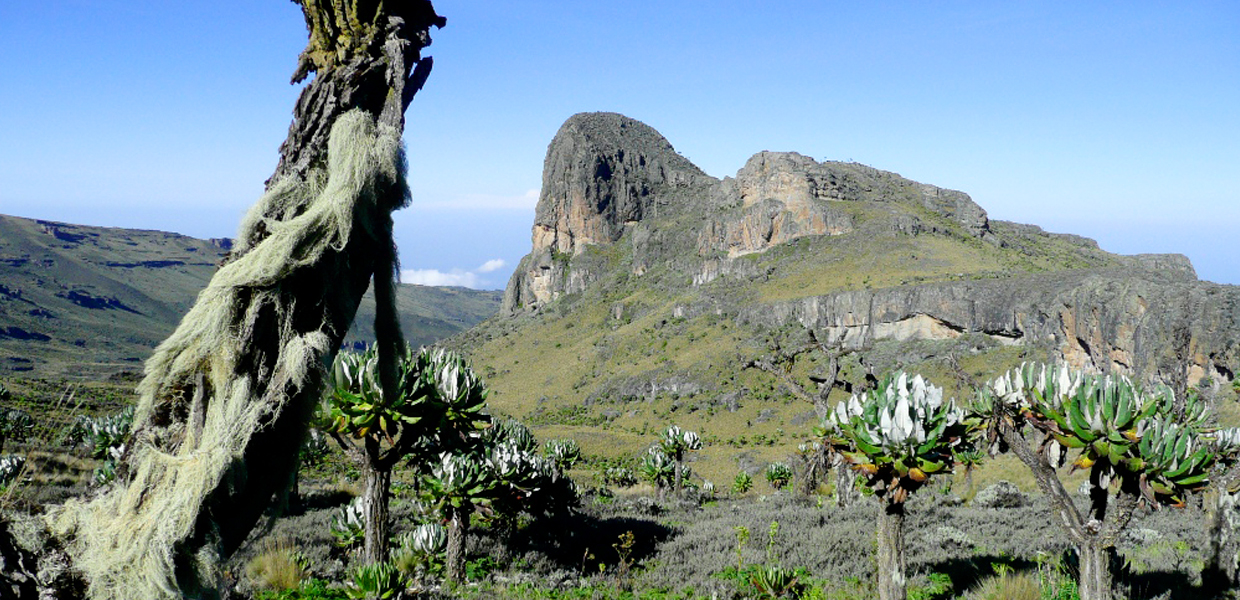Mountain Escapes: The Best Peaks to Climb and Explore
Mountains have a way of captivating the soul. Their majestic beauty, combined with the challenge of ascent, draws adventurers from all walks of life. Whether you're seeking the thrill of scaling a towering peak or looking to explore serene alpine trails, the world’s mountains offer endless opportunities for discovery.
In this article, we will delve into some of the best mountains to climb and explore, covering iconic peaks from every corner of the globe.
This guide is designed to inspire both seasoned climbers and those looking to experience the tranquility of nature’s most impressive landscapes.
The Allure of Iconic Peaks
There are certain mountains that have achieved legendary status in the climbing community. These peaks, known for their stunning beauty and technical challenges, are a must for any serious adventurer.
Mount Kilimanjaro, Tanzania As the tallest free-standing mountain in the world, Kilimanjaro stands at 19,341 feet above sea level. Climbing this peak doesn’t require advanced technical skills, making it accessible to a wider range of climbers.
As the tallest free-standing mountain in the world, Kilimanjaro stands at 19,341 feet above sea level. Climbing this peak doesn’t require advanced technical skills, making it accessible to a wider range of climbers.
It offers a diverse landscape, from lush rainforests to barren lunar-like terrain as you approach the summit. The thrill of standing atop Africa's highest point, watching the sunrise, is an unforgettable experience.
- Trekking on Kilimanjaro takes approximately 7 to 9 days.
- Altitude sickness is a concern, so gradual ascent is crucial.
- Best time to climb: June to October or January to February.
Mount Everest, Nepal
Known as the roof of the world, Everest’s appeal is undeniable. Towering at 29,032 feet, this is the ultimate challenge for climbers worldwide. Everest requires not only peak physical fitness but also an understanding of extreme altitudes, weather conditions, and the mental endurance needed for such an arduous journey.
Though reaching the summit is incredibly demanding, there are also trekking routes around Everest for those seeking to explore its beauty without the technical climb.
- The standard climbing route is via the Southeast Ridge in Nepal.
- It takes about 60 days to complete the entire Everest expedition.
- Best time to climb: Late April to early May.
Matterhorn, Switzerland
One of the most recognizable peaks in the world, the Matterhorn straddles the Swiss-Italian border at 14,692 feet. Known for its near-symmetrical shape and steep faces, this peak attracts experienced mountaineers.
While the climb is challenging, the panoramic views from the summit make it one of the most rewarding mountain experiences in Europe.
- Most climbers use the Hörnli Ridge route.
- Experience in rock climbing is necessary for this ascent.
- Best time to climb: July to September.
Exploring Hidden Gems
While iconic mountains draw the most attention, there are numerous lesser-known peaks around the world that offer equally breathtaking experiences. These hidden gems are perfect for those looking to avoid the crowds and immerse themselves in nature.
Mount Rinjani, Indonesia
Located on the island of Lombok, Mount Rinjani is a stunning volcanic mountain that offers an unforgettable hiking experience. At 12,224 feet, Rinjani is the second-highest volcano in Indonesia.
The climb to the summit offers dramatic views of the surrounding islands, and the picturesque crater lake, Segara Anak, provides a serene camping spot for trekkers.
- The trek takes about 3 days to complete.
- Temperatures drop significantly at the summit, so appropriate gear is essential.
- Best time to climb: April to October.
Mount Elgon, Uganda/Kenya Straddling the border between Uganda and Kenya, Mount Elgon is an extinct volcano and one of East Africa’s best-kept secrets. At 14,177 feet, it’s not as tall as Kilimanjaro, but it offers an equally rewarding climb.
Straddling the border between Uganda and Kenya, Mount Elgon is an extinct volcano and one of East Africa’s best-kept secrets. At 14,177 feet, it’s not as tall as Kilimanjaro, but it offers an equally rewarding climb.
The surrounding national park is home to a rich variety of wildlife, making the journey up the mountain a unique experience that combines climbing with safari exploration.
- Treks range from 4 to 7 days, depending on the route chosen.
- Wildlife enthusiasts will appreciate the chance to spot elephants, monkeys, and various bird species.
- Best time to climb: December to March and June to August.
Mount Olympus, Greece
Famous in Greek mythology as the home of the gods, Mount Olympus is an ideal destination for both history buffs and adventurers. Standing at 9,573 feet, it’s the highest peak in Greece.
The mountain offers a relatively easy climb, and the journey to the summit passes through beautiful forests and rocky landscapes that transport hikers into the heart of ancient Greece.
- The trek can be completed in 2 days.
- No technical climbing skills are required, making it accessible to all levels of hikers.
- Best time to climb: May to October.
The Challenge of Winter Ascents
For those seeking a different kind of mountain adventure, winter climbs offer unique challenges and rewards. Snow-covered landscapes, crisp air, and fewer crowds create an entirely different mountain experience.
Mount Washington, USA
Located in New Hampshire, Mount Washington is infamous for its extreme weather. Though it stands at only 6,288 feet, its summit has recorded some of the highest wind speeds on Earth.
Winter ascents are particularly grueling, with freezing temperatures and unpredictable conditions, but for those brave enough to attempt it, the views are stunning, and the sense of achievement is immense.
- Mount Washington is best suited for experienced winter climbers.
- The climb can be done in one day, but proper equipment is crucial.
- Best time to climb: Winter (January to March) for the true challenge.
Aoraki/Mount Cook, New Zealand
As New Zealand's highest peak, standing at 12,218 feet, Aoraki/Mount Cook offers one of the most challenging yet rewarding winter climbs in the Southern Hemisphere. This mountain is not for beginners, as it requires technical climbing skills, including glacier travel and ice climbing.
However, the stunning alpine scenery and the thrill of reaching the summit make it a must for experienced climbers.
- Aoraki/Mount Cook requires an average of 3 to 5 days for the full ascent.
- Winter conditions add a level of difficulty that should not be underestimated.
- Best time to climb: June to August for winter ascents.
Preparing for Your Mountain Adventure
Before embarking on any mountain adventure, proper preparation is key. Whether you’re tackling a high-altitude peak or exploring a hidden gem, understanding the physical and mental demands of climbing is crucial.
- Physical Fitness: Climbing mountains requires strength, endurance, and agility. It’s essential to train your body with cardio workouts, strength training, and flexibility exercises.
- Altitude Acclimatization: High-altitude mountains come with the risk of altitude sickness. Take your time ascending, and if possible, allow for rest days to acclimatize.
- Gear: The right equipment can make or break your climb. Invest in high-quality boots, proper layers for warmth, and technical gear if required for more challenging climbs.
- Research: Each mountain has its own challenges. Research your chosen peak to understand the weather patterns, technical requirements, and recommended routes.
Conclusion
The world’s mountains offer a unique blend of challenge, beauty, and adventure. Whether you’re seeking the thrill of climbing iconic peaks like Kilimanjaro or Everest, or exploring lesser-known gems like Mount Rinjani or Olympus, there is no shortage of breathtaking experiences to be had. By preparing thoroughly and respecting the natural environment, you can embark on an unforgettable journey that will leave you both humbled and inspired.








































